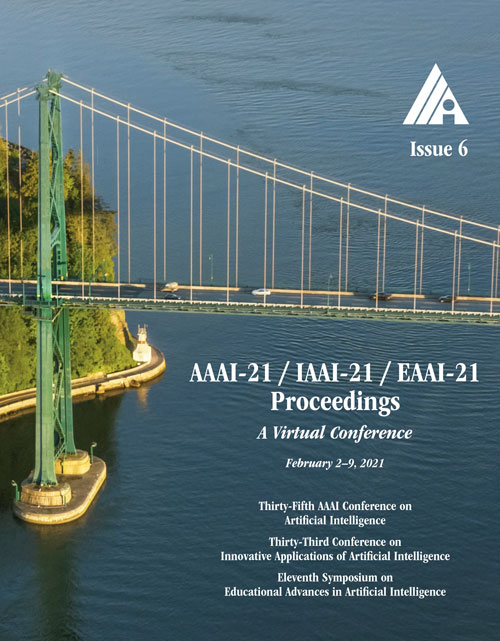Proportional Representation under Single-Crossing Preferences Revisited
DOI:
https://doi.org/10.1609/aaai.v35i6.16667Keywords:
Social Choice / VotingAbstract
We study the complexity of determining a winning committee under the Chamberlin-Courant voting rule when voters' preferences are single-crossing on a line, or, more generally, on a tree. For the line, Skowron et al. (2015) describe an O(n^2mk) algorithm (where n, m, k are the number of voters, the number of candidates and the committee size, respectively); we show that a simple tweak improves the time complexity to O(nmk). We then improve this bound for k=Ω(log n) by reducing our problem to the k-link path problem for DAGs with concave Monge weights, obtaining a nm2^O(√(log k log log n)) algorithm for the general case and a nearly linear algorithm for the Borda misrepresentation function. For trees, we point out an issue with the algorithm proposed by Clearwater, Puppe and Slinko (2015), and develop a O(nmk) algorithm for this case as well.Downloads
Published
2021-05-18
How to Cite
Constantinescu, A. C., & Elkind, E. (2021). Proportional Representation under Single-Crossing Preferences Revisited. Proceedings of the AAAI Conference on Artificial Intelligence, 35(6), 5286-5293. https://doi.org/10.1609/aaai.v35i6.16667
Issue
Section
AAAI Technical Track on Game Theory and Economic Paradigms

